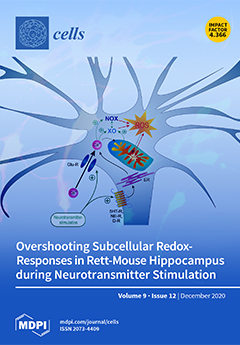Monoglyceride lipase (MGLL) regulates metabolism by catabolizing monoacylglycerols (MAGs), including the endocannabinoid 2-arachidonoyl glycerol (2-AG) and some of its bioactive congeners, to the corresponding free fatty acids.
Mgll knockout mice (
Mgll−/−) exhibit elevated tissue levels of MAGs in association with
[...] Read more.
Monoglyceride lipase (MGLL) regulates metabolism by catabolizing monoacylglycerols (MAGs), including the endocannabinoid 2-arachidonoyl glycerol (2-AG) and some of its bioactive congeners, to the corresponding free fatty acids.
Mgll knockout mice (
Mgll−/−) exhibit elevated tissue levels of MAGs in association with resistance to the metabolic and cardiovascular perturbations induced by a high fat diet (HFD). The gut microbiome and its metabolic function are disrupted in obesity in a manner modulated by 2-arachidonoyl glycerol (2-AG’s) main receptors, the cannabinoid CB1 receptors. We therefore hypothesized that
Mgll−/− mice have an altered microbiome, that responds differently to diet-induced obesity from that of wild-type (WT) mice. We subjected mice to HFD and assessed changes in the microbiomes after 8 and 22 weeks. As expected,
Mgll−/− mice showed decreased adiposity, improved insulin sensitivity, and altered circulating incretin/adipokine levels in response to HFD.
Mgll−/− mice on a chow diet exhibited significantly higher levels of
Hydrogenoanaerobacterium,
Roseburia, and
Ruminococcus than WT mice. The relative abundance of the
Lactobacillaceae and
Coriobacteriaceae and of the
Lactobacillus,
Enterorhabdus,
Clostridium_
XlVa, and
Falsiporphyromonas genera was significantly altered by HFD in WT but not
Mgll−/− mice. Differently abundant families were also associated with changes in circulating adipokine and incretin levels in HFD-fed mice. Some gut microbiota family alterations could be reproduced by supplementing 2-AG or MAGs in culturomics experiments carried out with WT mouse fecal samples. We suggest that the altered microbiome of
Mgll−/− mice contributes to their obesity resistant phenotype, and results in part from increased levels of 2-AG and MAGs.
Full article






